|
Asana practice focuses a lot of attention on stretching and "opening" the body. It goes to great lengths to reduce tension in the body and mind, and increase the functional range of motion in the joints of the body.
But flexibility is not the solution to every physical, mental and spiritual problem. Strength is the other side of the body's coin and equally as valuable. Because asana practice uses only body weight and no apparatus (one of its great values), and focuses largely on static held positions, there is a limited amount of strength one can build using only asana. BODY WEIGHT, NO MACHINES Yoga practice doesn't use any equipment. Before the 1970s there weren't even yoga mats. Only the body. This is one of the greatest traits of physical yoga practice, which it has in common with calisthenics and other apparatus-free disciplines. It can be practiced by anyone, anywhere. There is no expensive equipment needed; no special outfit or shoes. The poorest pauper can do it as well as the richest king. Such is the great democratization of yogic practice. But if we take health and function of the human body as one of our core goals (which admittedly not everyone does), we must expand the exercises we use and the tools that help us. PULLING Pulling is something we can't do in yoga. Since it requires an object - like weights - to pull toward the body, or an apparatus - like a pull-up bar - to pull the body toward, there are large systems of muscles and movement that are neglected in the physical yoga practice. All of the strengthening exercises in yoga are pushing actions. LIFTING WEIGHTS It is no longer a secret that bodybuilders were some of the first modern yogis. In the Ghosh lineage, Bishnu Ghosh worked with Prof. Thakurta to learn "muscle controlling." But even he states in Muscle Control and Barbell Exercises that muscle control - which later influenced his understanding and teaching of asana - shouldn't be attempted by those with weak muscles. He states: "Muscle-controlling makes the muscles shapely and increases the power of application of strength. But I should like to call it the second stage of development, for one should have big muscles before he starts controlling." He is stating that muscle development with barbells should take place before one begins physical control of the body. One drawback to a weightlifting practice commonly stated by asana practitioners is the fear that increasing strength will tighten their muscles and therefore make them less flexible. Because of kinesiological functions of the body, this isn't the case. Of course, repetitive uses of of the body do slightly change the way muscles work, but this happens over very long periods of time. (Example: a trained long distance swimmer has a body that works differently from a high jumpers.) For a yogi, any development of strength will actually encourage the integration of big muscle groups in the body, as well as deepen their relationship between muscle contraction and relaxation.
4 Comments
The benefits of teaching a set sequence are that you do not have to be responsible for what postures to teach, nor what order to teach them in. Assuming the sequence is a good one, teachers can be confident that what they are presenting is safe and beneficial for their students. They can focus on what words they are using and what type of energy they use when speaking them, both of which are inherently challenging pieces of the puzzle, especially for new teachers. With a set and safe sequence, students have an easier time in the postures. Their body and mind will be prepared for what comes next, and injuries will be scarce.
As more teachers gain insight into the expansiveness of the Ghosh lineage, more sequences are being taught and practiced. While this is most certainly not a bad thing, we must be certain we are being as careful as possible when teaching. With posture choice comes great responsibility. With posture sequence choice comes greater responsibility. Different lineages of yoga take a different approach, of course. Each tradition has its own plethora of postures combined with its own set of principles surrounding how to practice. In this blog series we will look at reasons for specific Ghosh lineage sequencing, what issues we are starting to see, how to be informed about sequences, and how best to move forward. Stay tuned for Part 1. INTENTION
In this group of postures we bend the spine a little deeper, keeping a symmetrical lower body for many of the positions. This takes a little more body awareness than the Salute to Gods and Goddesses. Our imbalances are more easily masked in symmetrical postures, so take care not to favor the right side over the left or vice versa. In the Sun Salute we begin to engage the upper torso, shoulders and arms, unifying the musculature, strength and energy of the body. BREATH If you are familiar with yoga, you might be familiar with the “Sun Salutation.” It is a common exercise in modern yoga classes. While most flowing classes encourage one inhale or one exhale per movement, here we move more slowly. Take a full one to three breaths in each position. Move the body mindfully and with attention to detail. Each position of the body will engage the breathing muscles differently, changing the ease of the breath. Pay attention to this change. Relax and breath slowly. When we have weight on the arms, the breathing muscles of the chest become engaged, so the breath will be shallower. BENEFITS This series builds flexibility in the spine and torso. It builds strength in the arms, shoulders and abdomen. It stretches the hips, legs, feet and knees. NOTE There are many versions of the Sun Salute from different yoga traditions. At its core, it is an effective way to wake up the body and mind, moving through several positions, engaging and loosening many of the major areas of the body. This version includes Plank and Side Plank variations for additional strengthening. Exerpt from the Intermediate Practice Manual. FORCE
The word hatha means "force." It refers to the powerful effects of its techniques that move energy upward through the body. These techniques include mudra, pranayama and asana. "Yoga of force" seems to be the original meaning for the term. HA & THA A few hundred years after the dawn of Hatha Yoga, a new and different explanation of the word came about. This involves the words Ha, which means "sun" and Tha, which means "moon." Hatha, the explanation goes, is the uniting of the sun and moon, the masculine and feminine or any other dualities. MODERN MEANING OF HATHA Hatha Yoga has come to mean "the physical practices of yoga" - especially asana - which are different from the meditative or spiritual elements, often called Raja Yoga. This distinction is a blurry one, since Raja Yoga is part of Hatha Yoga in several old texts, specifically the influential Hatha Yoga Pradipika. Modern "Hatha Yoga" is not the same as traditional Haṭha Yoga, a system of practices to "raise and conserve the physical essence of life." (1) Nowadays the term "Hatha" more commonly refers to a stillness-based approach to asana practice, differentiated from the flowing styles that have become popular in the West.
Asana practice is only a small part of traditional Hatha Yoga, which was more centrally focused on practices of mudra and kumbhaka (pranayama). We are interested in the traditional practices that have trickled down to the modern day and also those that have been lost. Some seem completely outdated, and some simply don't fit the modern impressions of what yoga practice is. We will explore as many of them as we can. We will do a series of posts on traditional and modern Hatha Yoga, including:
Don't hesitate to write with questions or comments. 1. Mallinson, James. "Hatha Yoga" entry in Vol. 3 of the Brill Encyclopedia of Hinduism. CROW
This posture teaches us how to balance our body on our arms. Arm-balancing requires strength but also focus and courage. At first your legs will not want to stay balanced on your arms. It requires significant abdominal and hip strength to keep them perched there. Push the knees firmly into the arms and lift them up toward the armpits. This will help you hold the body with control. If you are not used to putting weight on the wrists, they will become tired and sore quickly. Be patient and build the strength gradually. Stay away from pain and try again tomorrow. BREATH The chest and abdomen are engaged in this posture, so breaths will be short, about 50%. Use the breath to strengthen the torso and create stability and structure in your chest. Don’t let the shortness of breath cause you to panic. Keep the mind relaxed and focused as your body tightens to hold the posture. BENEFITS This posture builds focus by balancing upside down and on the hands. It builds strength in the wrists, arms, shoulders, chest, abdomen and legs—a full-body posture. It stretches the shoulders and upper back, and is a gentle forward bend of the spine. Excerpt from the Beginning Practice Manual. A couple years ago we (Ida and I) submitted an application to Yoga Journal to be ambassadors. The job was to travel around the country for 6 months, talking to yoga teachers and students while writing and making videos about it. They were looking for a team of two people, so we figured we were perfect. They contacted us almost immediately as finalists and we started making arrangements to fly to Colorado to meet the team at YJ.
As weeks progressed, they got slower in returning our phone calls and emails, until the inevitable news came: They had chosen another duo for the job. Our hearts sank, we were frustrated and disappointed. That same day, with the frustration fresh in our minds, we started having the "in a perfect world" discussion. We've all had it. "In a perfect world, things would work like this..." A PLACE TO PRACTICE Our minds turned to the over-represented focus on teacher trainings in the modern yoga world. It seems that when a student of yoga (including us) reaches a certain level of proficiency, they are automatically encouraged to become teachers, even though teaching is a completely separate skill from practicing. If we seek to deepen our knowledge or practice, there is nowhere to go except teacher trainings. What if we could make an immersive experience for yogis who simply want to deepen their own knowledge and practice? So we came up with a week-long curriculum for yogis who want to deepen their practice. What sort of immersion did we wish that we could attend?: Asana practice that extended beyond the beginning stuff that is available in most public classes, plus explanations about how and why to do them; Pranayama practices that deepen our subtle awareness. History that illuminates the purpose and nature of practice. Most of all, the opportunity to learn new things and practice them. We have held "Practice Week" 3 times. Some have been big, one was small. But I have never tired of offering it, because I think it is rare and valuable. It was born out of a moment of frustration and rejection, a moment when we tried to bring something worthwhile into the world. When we come to our practice each day, it is easy to bring expectations and baggage. What has this practice meant to me in the past? What was I capable of yesterday or last year? What do I expect my performance to be today? This is especially true if we do the same or similar practice each day.
While it is generally desire that brings us to our practice - the desire for fitness, stress relief, spirituality or something else - once we arrive and begin practicing our postures, breathing or meditation, all desire and expectation should be discarded. The practice becomes immediate, with complete mental presence in the moment. There is no future and no past, no expectations and no baggage. Only our body and breath and mind as they are right now. As beginners we come to yoga with no experience, looking to turn curiosity into first-hand experience. As we progress, we become familiar with our body and mind.
We transition into intermediate practitioners as we develop proficiency and ease in the beginning exercises and concepts of yoga. This process generally takes one to two years of regular practice (5-7 times per week). Often, with dedicated practice you will notice yourself paying more attention to detail and with a growing interest in deeper yogic concepts like self-awareness, humility, peace and contentment. The transition from beginning to intermediate practioner is a gradual process. The desire for “progress” is often a driving factor to practice but the daily unfolding of newly found awareness is something to treasure. Take pleasure in the daily findings of your yoga practice. With regards to the physical practice of yoga—the exercises in this book—the in- termediate practitioner can begin to ask more of his or her body, mind and spirit. These exercises demand more strength, flexibility, balance, awareness and control than beginning exercises. The body will develop quickly. The challenge for the intermediate practitioner is to avoid the trappings of the ego. As our proficiency grows, we must be careful that our ego doesn’t grow as well. Muscles develop, will-power develops, posture improves and confidence grows. But these exercises are not an end in themselves. They are designed to keep the body strong and able to proceed on a spiritual journey. We must strive for humility even as we improve our bodies and minds. It is okay to feel proud of our progress, but we must not let pride consume us. In the exercises, focus not only on your improving strength, flexibility, balance and grace, but also on the big-picture integrity of your body in the posture. Each position, when done correctly, honors the laws of physics, geometry and anatomy. We cannot change the way our bodies are put together nor the pull of gravity, but we can learn to work with them instead of ignoring or fighting them. When we recognize and respect these rules, we quickly come into harmony with ourselves and the world around us. Excerpt from the Intermediate Practice Manual. The sixth and final of the 6 abdominal engagements is twisting. Twisting is great for the intervertebral discs of the spine. Their pressure increases when we twist, drawing circulation and nutrition upon release. This is of vital importance for a part of the body that doesn't have its own direct blood supply.
OBLIQUES The strongest muscles that the body uses to twist are in the abdomen: the external and internal obliques. These are the muscles to the sides of your 6-pack. The external obliques connect the sides of the ribs to the pelvis and the middle of the body (pictured above left). When we twist to the right (right shoulder goes back), the left external oblique engages along with the right internal oblique. You can feel this as a tightening on the left side of your abdomen as you twist to the right, essentially pulling your left ribs toward the center. SPINAL MUSCLES There are also some muscles in the spine that are essential for twisting and dynamic stabilization, the multifidi and the rotatores. They are pictured above right, with the multifidi on the left side of the spine and the rotatores on the right. DON'T JUST PULL The biggest mistake we make when twisting is using our arms to pull us, essentially relaxing all the twisting muscles of the body and stretching them. This is beneficial for tight muscles, but it fails to strengthen these vital tissues in any meaningful way. Next time you do any twist, whether it is standing, bending, seated or lying, don't use your arms. Only use your twisting muscles. You won't go as "deep," but the integrity of your movement will improve. You will build functional strength at the same time as you build mobility and flexibility. This type of muscular action encompasses (starting below, top left) Twisting Triangle, Side (Twisting) Crow, Side (Twisting) Crane, Archer, Reverse Spinal Twist, Seated Spinal Twist |
AUTHORSScott & Ida are Yoga Acharyas (Masters of Yoga). They are scholars as well as practitioners of yogic postures, breath control and meditation. They are the head teachers of Ghosh Yoga.
POPULAR- The 113 Postures of Ghosh Yoga
- Make the Hamstrings Strong, Not Long - Understanding Chair Posture - Lock the Knee History - It Doesn't Matter If Your Head Is On Your Knee - Bow Pose (Dhanurasana) - 5 Reasons To Backbend - Origins of Standing Bow - The Traditional Yoga In Bikram's Class - What About the Women?! - Through Bishnu's Eyes - Why Teaching Is Not a Personal Practice Categories
All
Archives
May 2024
|

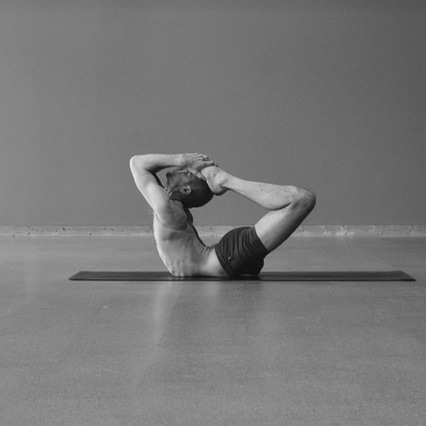
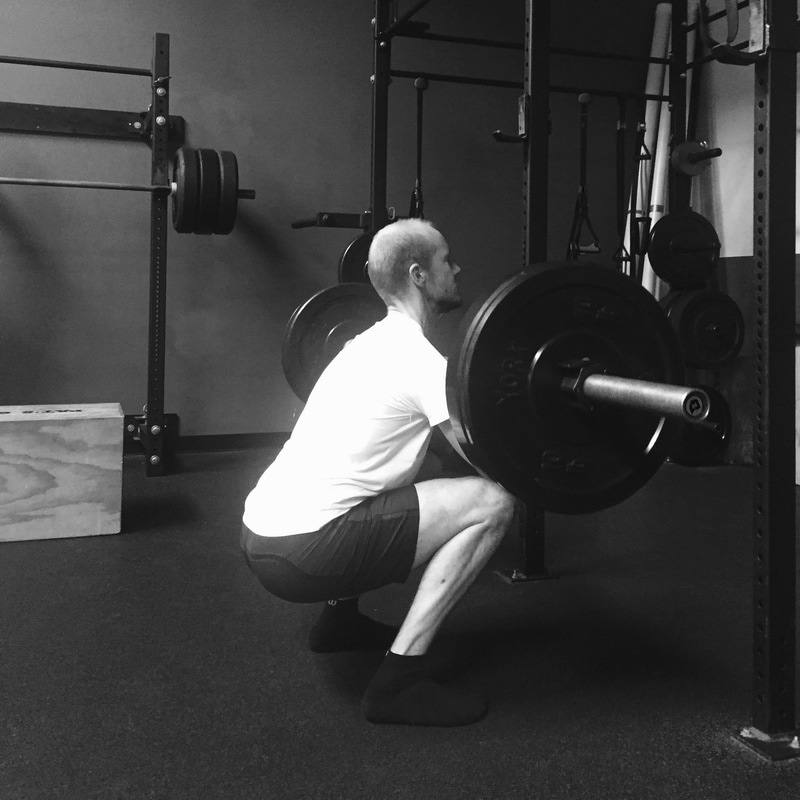
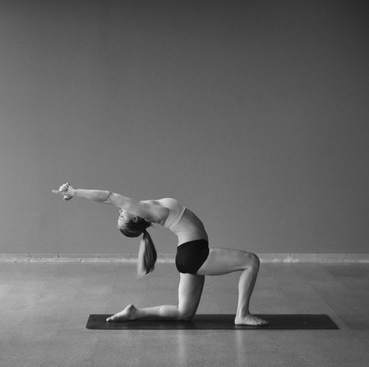
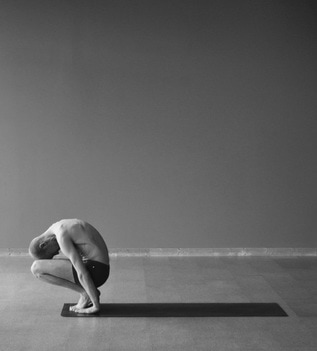
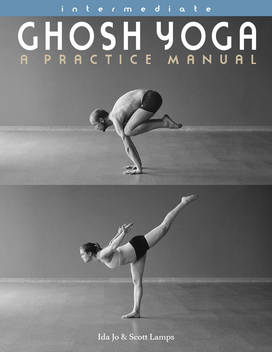
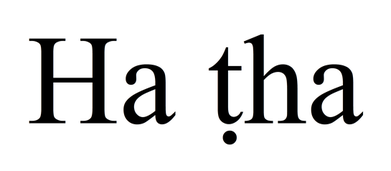
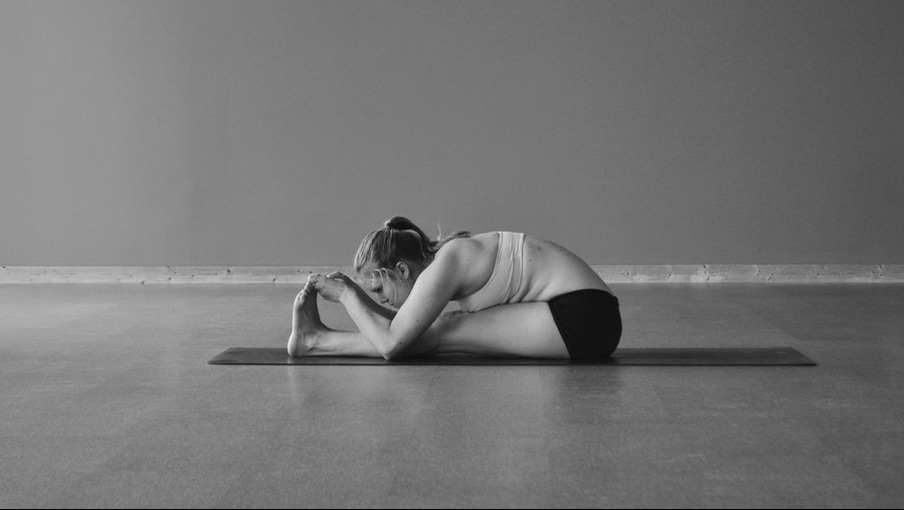
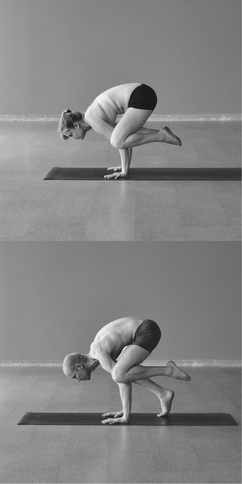
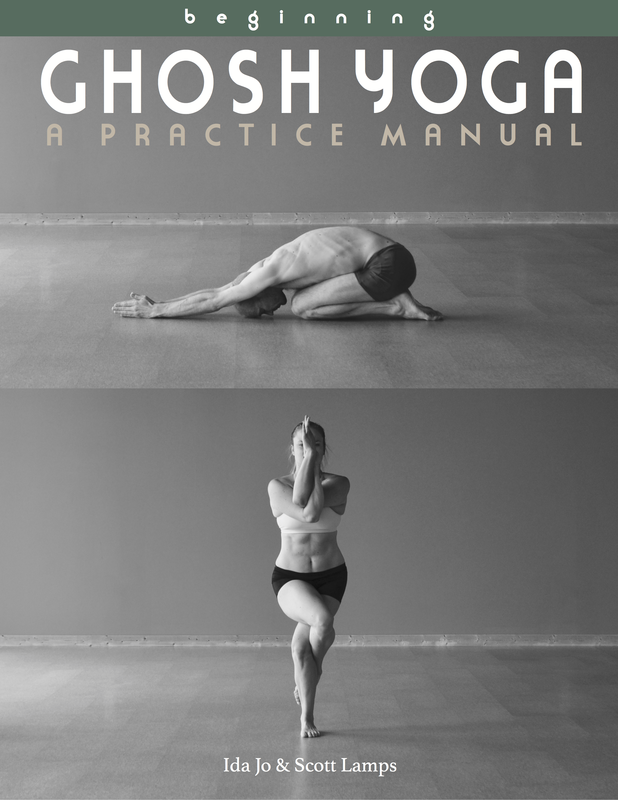
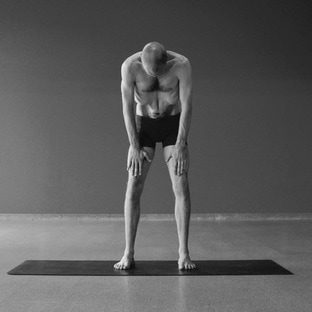
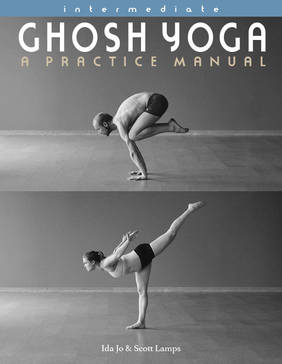
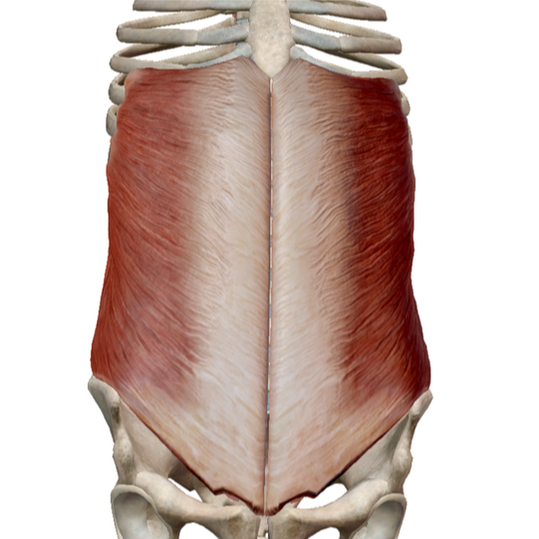
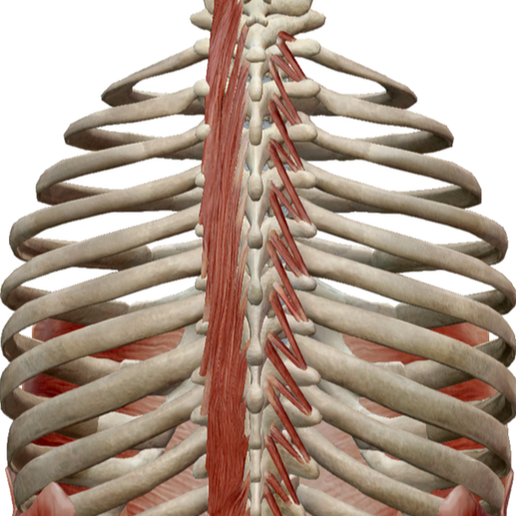
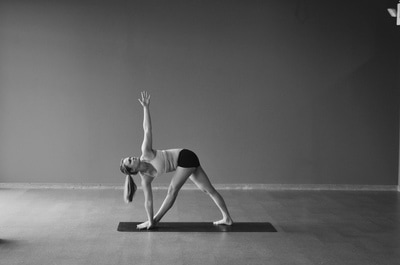
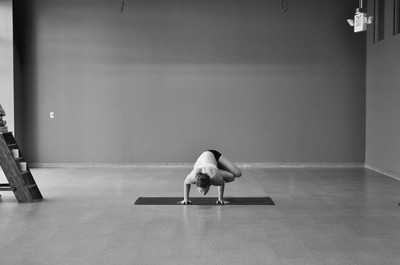
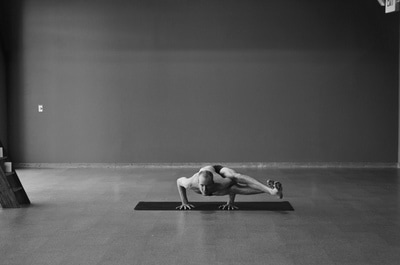
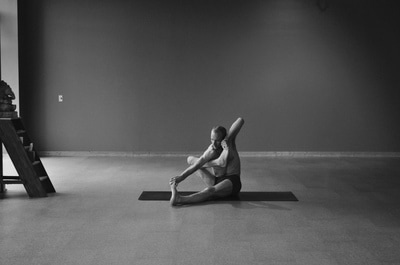
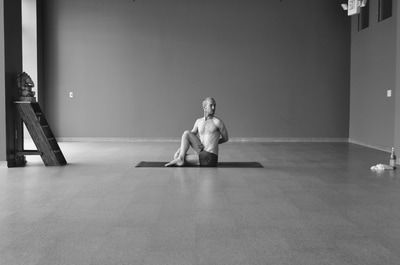
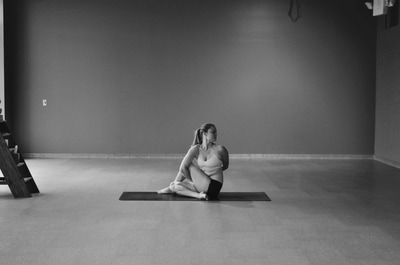





 RSS Feed
RSS Feed